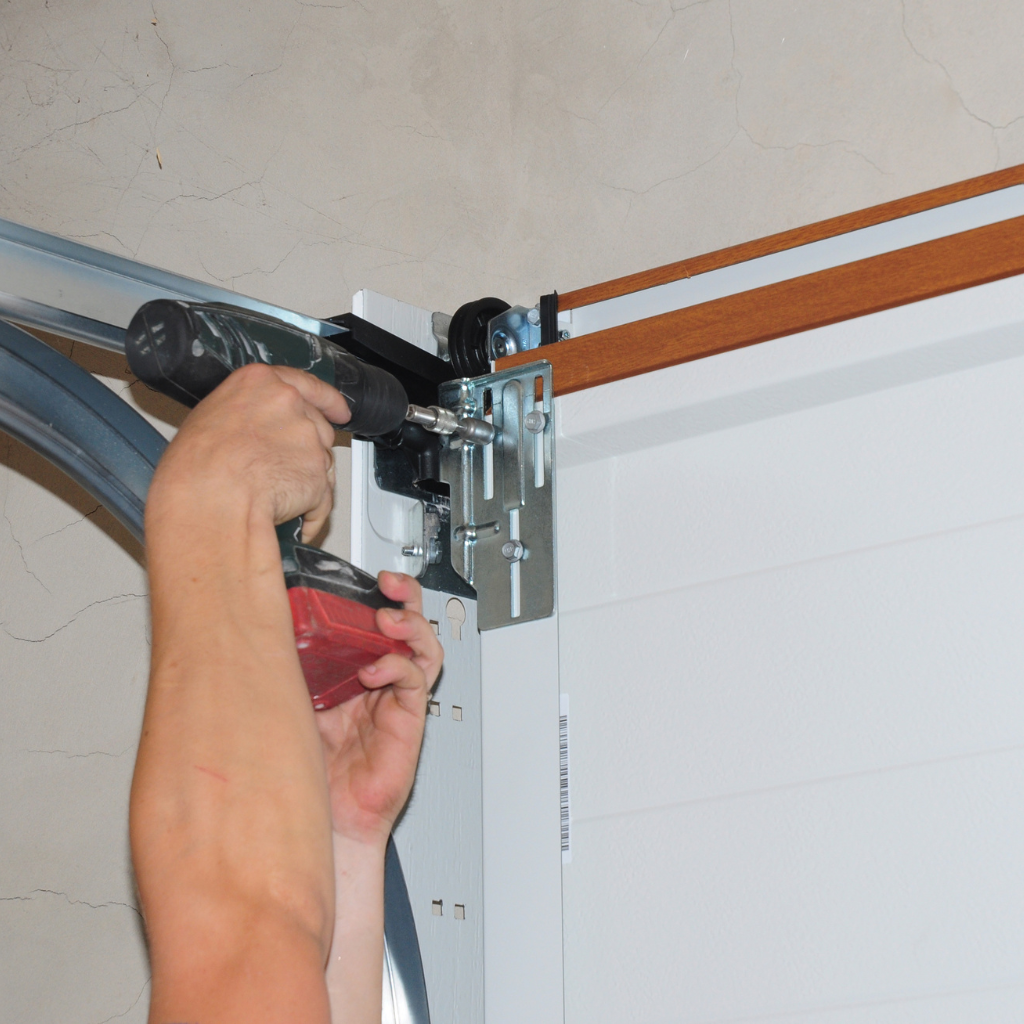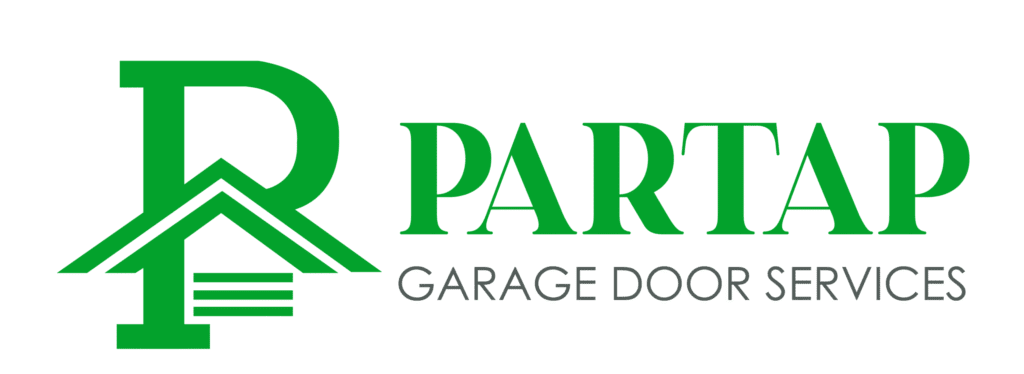A well-functioning garage door is essential for daily convenience and home security. However, over time, wear and tear can take its toll—especially on the motor, the heart of your system. That’s when a garage door motor replacement becomes not just an option, but a necessity.
Whether your door has become slow, noisy, or unresponsive, this guide will walk you through when to replace your motor, why it matters, and how to do it right. We’ll also cover related topics like garage door remote replacement, remote control troubleshooting, and even sliding gate installation to give you a complete picture.
Why the Motor Is Crucial to Garage Door Operation
The garage door motor powers the entire system, lifting and lowering the door on demand. It’s connected to your wall button, sensors, and remote controls. If it fails, everything else becomes useless—even the best replacement garage door remote control can’t help if the motor doesn’t respond.
Signs You Need a Garage Door Motor Replacement
Not sure if your motor is failing? Look for these clear signs:
- Unusual noises during operation
- Slow response to remote or wall controls
- Inconsistent movement (jerking, stopping mid-cycle)
- Complete failure to open or close
- Burning smells from the unit
If you’re experiencing one or more of these, it’s time to consider a professional garage door motor replacement.
Garage Door Remote Control Issues: A Symptom or the Problem?
Sometimes the issue seems to be with the remote. Before jumping to a full garage door motor replacement, check your garage door remote control replacement options.
Try a garage door opener remote control replacement or even a replacement garage door remote control to see if it resolves the problem. If it doesn’t, it confirms the motor—or the internal electronics—is the issue.
Why Garage Door Motor Replacement Is Better Than Repair
Sure, repairs can work in the short term, but they often end up costing more over time. Here’s why garage door motor replacement makes more sense:
- Modern motors are more energy-efficient
- They come with smart technology for better control
- Longer lifespan compared to repaired parts
- Compatibility with newer remote control systems
If you’ve already tried a garage door remote replacement or opener remote replacement without success, a new motor will future-proof your setup.

Choosing the Right Motor for Your Garage Door
There are several types of motors, each suited to different needs:
- Chain Drive Motors: Durable but slightly noisy
- Belt Drive Motors: Quieter and smoother, ideal for homes
- Direct Drive Motors: Powerful and low-maintenance
- Smart Motors: Compatible with your phone or home assistant
Pick a motor that complements your current door system and future automation plans.
Garage Door Opener Remote Replacement Compatibility
If you’re upgrading the motor, make sure your remotes match the system. Older remotes may not work with newer units. This is where garage door opener remote replacement becomes necessary.
Luckily, most modern motors are designed to be compatible with universal replacement garage door remotes, giving you better flexibility.
What’s Involved in Replacing a Garage Door Motor?
Here’s a quick breakdown of what to expect during the replacement process:
- Assessment – Technician inspects the current motor and opener system.
- Removal – Safely disconnect the old motor and hardware.
- Installation – Mount the new motor and align it with the door system.
- Syncing Remotes – Program your replacement garage door remote melbourne or new remote controls.
- Testing – Ensure everything works, including safety sensors and manual overrides.
Professional installers like Partap Doors ensure all of this is done to industry safety standards.
Don’t Forget Your Garage Door Remote Replacement
If your motor is new but your remote is old, don’t risk incompatibility. A garage door remote replacement ensures you can take full advantage of features like:
- One-touch open/close
- Smartphone integration
- Multiple-door control
Always check if you need a garage door opener remotec ontrol replacement alongside your new motor.
Upgrading Beyond Garage Doors: Sliding Gate Installation
Many homeowners pair their garage system with a sliding gate installation for extra security and curb appeal. These gate motors often work similarly to garage door openers and can also integrate with universal remote controls.
If you’re already replacing a motor, it’s a great time to explore upgrading your property with a sliding gate installation as well.
Garage Door Replacement vs. Motor Replacement
Sometimes, replacing the motor isn’t enough—especially if the door is old or damaged. Consider a full garage door replacement if:
- Your door is warped or cracked
- It lacks insulation
- The hardware is outdated and unsafe
Combining a garage door motor replacement with a full door upgrade gives you a brand-new system that’s efficient, quiet, and secure.
Conclusion: Choose the Right Time and Team for Motor Replacement
A failing garage door motor can disrupt your daily routine, compromise your security, and frustrate you every time you leave or return home. Knowing when to replace it, why it’s important, and how to do it right can save you money, time, and stress.
From troubleshooting remote issues to syncing with new technology, every part of your garage system matters—from garage door remote control replacement to a potential sliding gate installation. If you’ve noticed your door behaving strangely or not responding like it used to, don’t wait until it breaks down completely.
FAQs
1. What are the signs that I need a garage door motor replacement?
Common signs include a slow or noisy garage door, inconsistent operation, unresponsive remotes, or the door stopping midway. If your system has already had a garage door remote replacement and issues still persist, the motor could be the problem.
2. Can I replace just the garage door remote instead of the whole motor?
If your motor still works but the remote doesn’t, a garage door remote control replacement may be all you need. However, if the motor isn’t responding to any remote—even after a garage door opener remote control replacement—you’ll likely need a motor replacement.
3. How long does a garage door motor replacement take?
A professional garage door motor replacement typically takes between 2 to 4 hours, depending on the system type, accessibility, and whether replacement garage door remotes need to be synced.
4. Is a new motor compatible with my old garage door remotes?
Not always. Many new motors require updated remotes for compatibility. You may need a garage door opener remote replacement or a replacement garage door remote control to ensure seamless operation.
5. Can I add a sliding gate installation while replacing my garage motor?
Yes! Many homeowners choose to combine garage door motor replacement with a sliding gate installation for added security and property value. You can often use a universal remote for both systems.
For more info:
Call Us: 042 396 2222
Email Us: info@partapdoors.com.au


